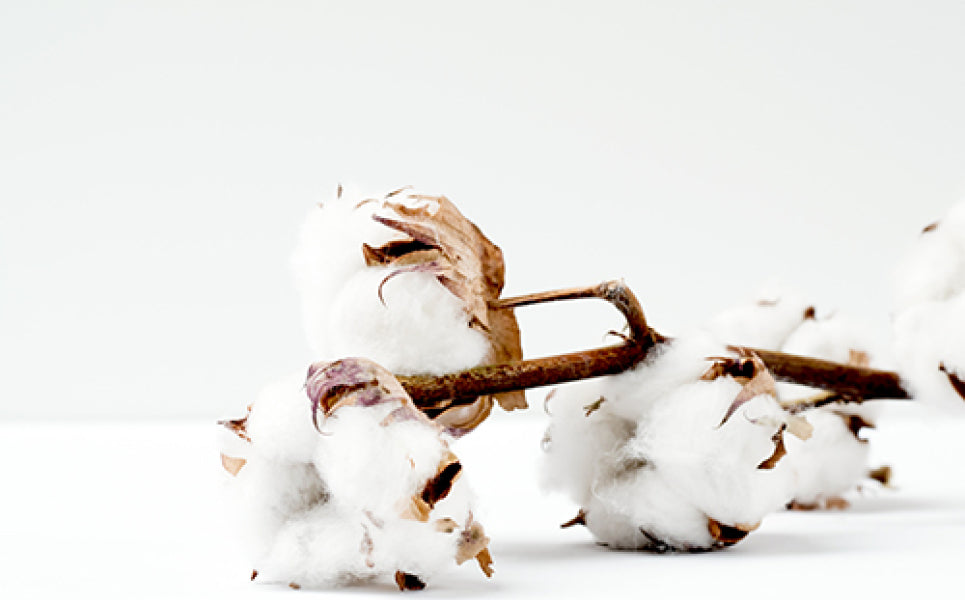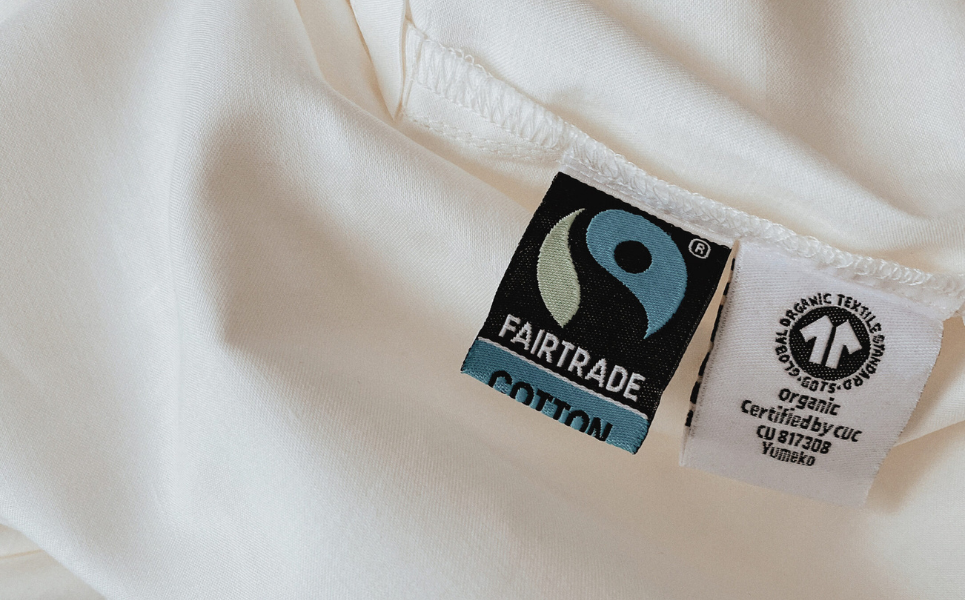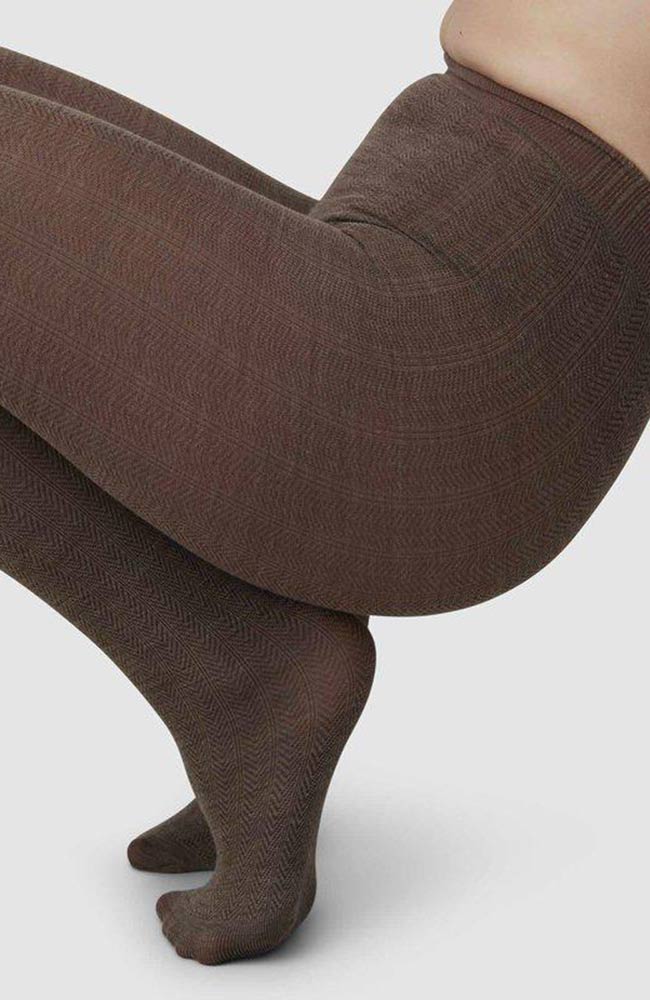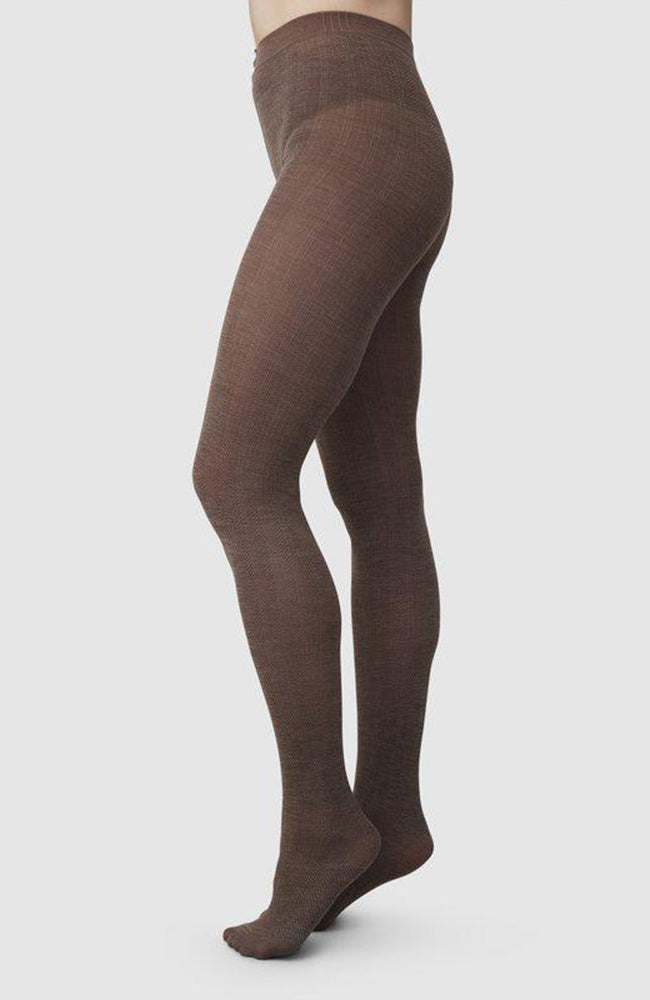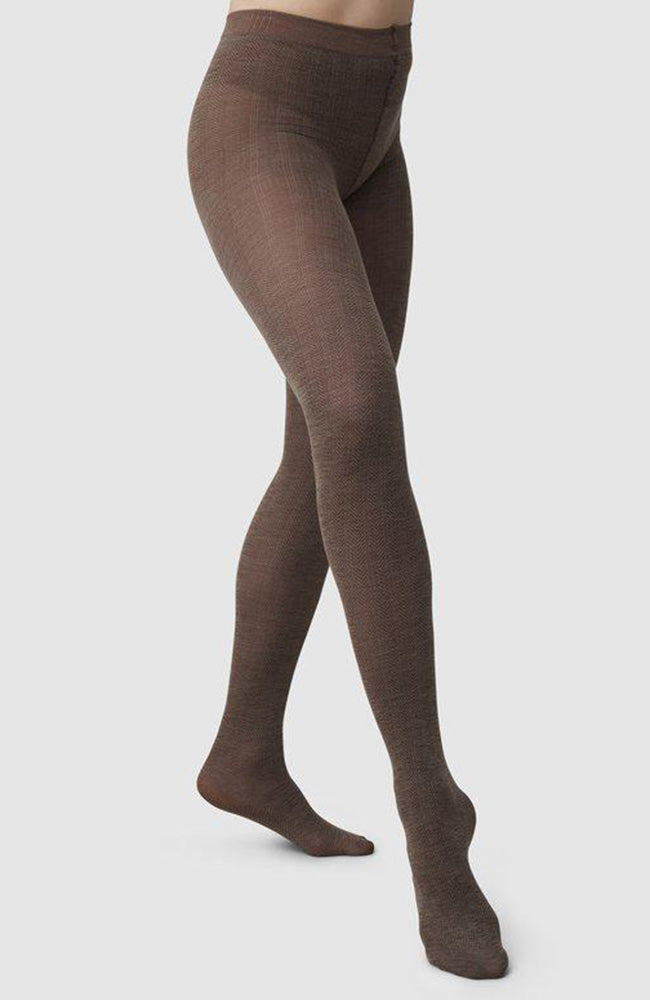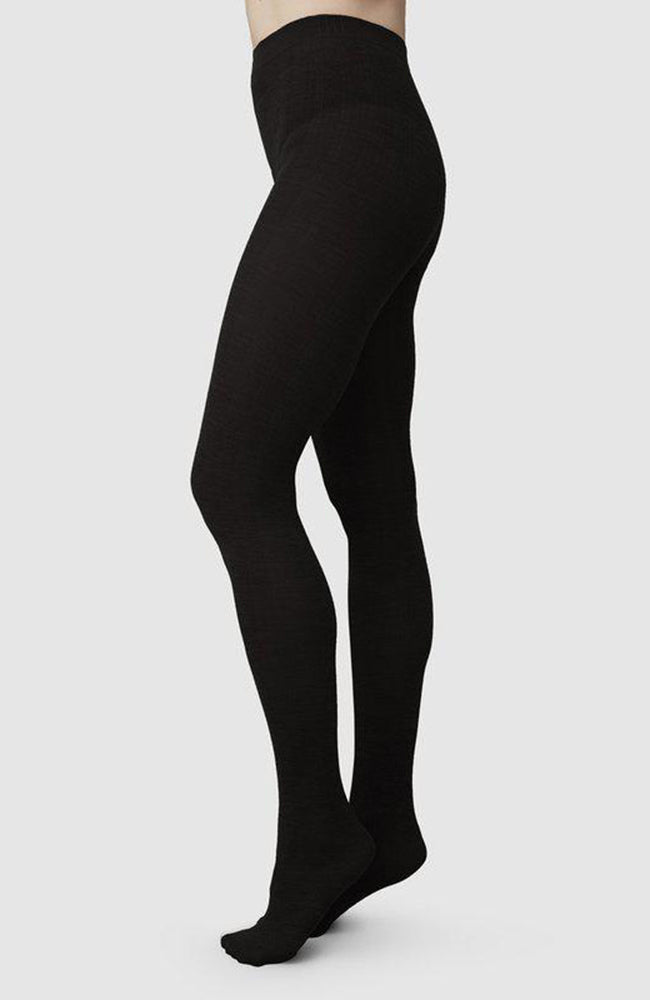What is organic wool?
What is organic wool?
The 'organic' in organic wool refers both to the way the sheep are reared and to the way the raw wool is processed.
For the sheep, that means:
- the grass they graze is not treated with pesticides and artificial fertilisers
- they are not given preventive antibiotics
- they have free space to graze and move around
- they are shaved in a calm, friendly way that avoids injuries
- That no 'mulesing' (a cruel technique whereby the skin around the sheep's tail is removed without anaesthetic) is used.
In addition, the raw wool from the sheep:
- not treated with harmful chemicals, environmentally harmful degreasers (such as chlorine) or toxic dyes
- a closed system is used
GOTS certified organic wool
GOTS is the best known and most far-reaching label for organic textiles. The good thing about GOTS is that it looks at both the environmental friendliness of a material or garment and the working conditions under which it was produced. Garments made of organic wool that carry the GOTS label are guaranteed to be of organic origin, the processing of the wool used meets strict environmental requirements and the dye used is environmentally friendly.
Organic wool clothing is
- Temperature regulating: sheep live in areas with temperature fluctuations. Their wool is able to protect them from both great heat and extreme cold. The wool will adjust to body temperature when worn.
- Does not absorb odours: In contrast to cotton, wool does not need to be washed often and hardly absorbs any odours. A little airing is often enough to keep the garment fresh again.
- Moisture-absorbing and breathable: Wool has the ability to absorb moisture and transport it to the dry side of the fabric. As a result, it always feels dry and comfortable.
- Water repellent: Wool repels water well, because drops stay on the 'greasy' layer of wool.
Washing organic wool
Wool hardly retains any odour so does not need to be washed often. Often a little 'airing' is enough. If you wash wool, it is best to do so carefully:
- Wash it on a special wool programme in your washing machine and spin at a maximum speed of 1,200 rpm.
- Use a special detergent for woollens or delicate fabrics.
- Let it dry horizontally! Vertical drying on a clothes rack or line stretches the material, so you want to avoid that.




